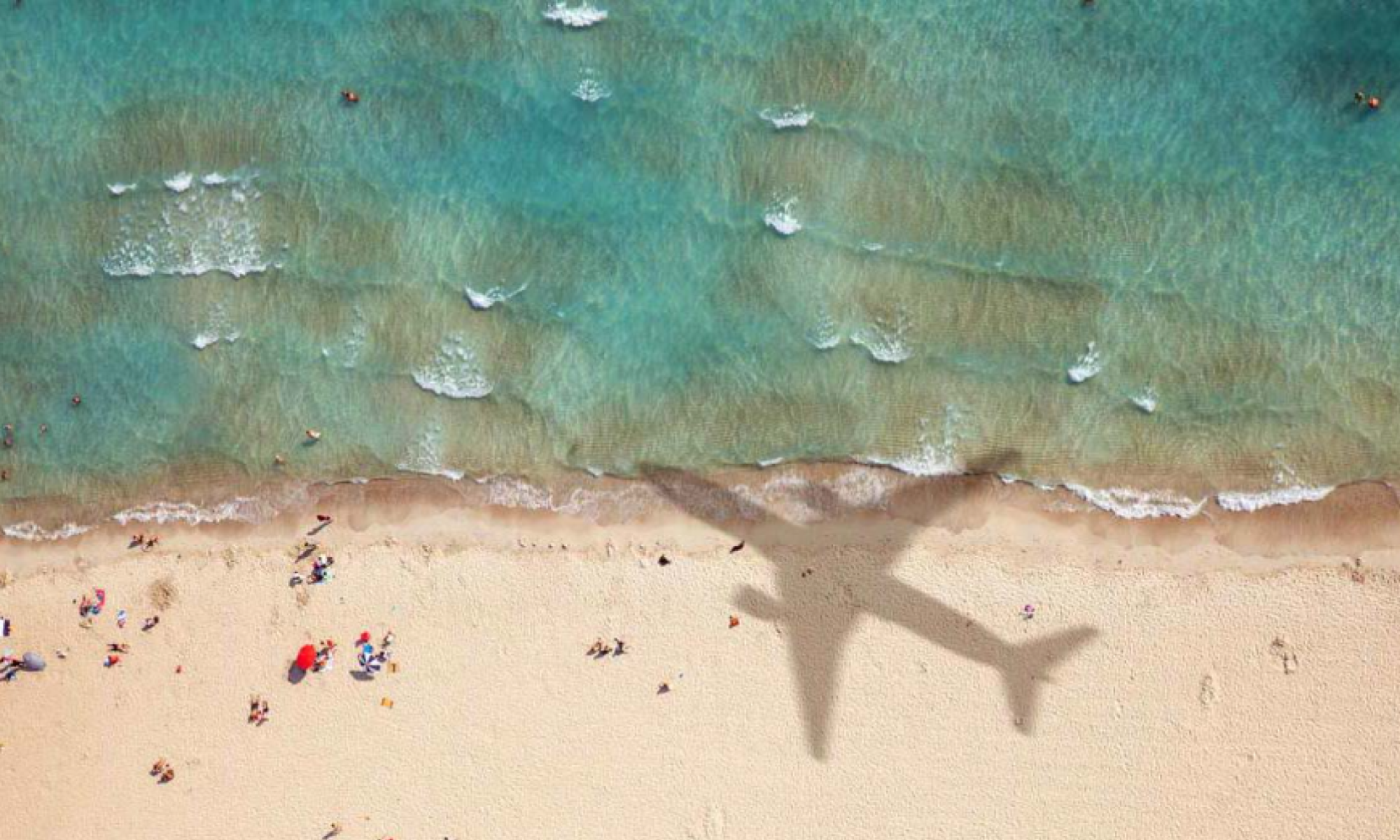The story of 90 extra flights for Gatwick airport was published by HARRIET DENNYS FOR FINANCIAL MAIL ON SUNDAY PUBLISHED: 22:21, 2 January 2021 | UPDATED: 10:02, 3 January 2021
90 extra flights per day is assumed to mean 90 Departures. 90 Departures implies 90 additional Arrivals. 90 Arrivals equates to 540 flight Arrival flight events due to stacking and zigzagging through UK airspace prior to landing.
Assuming 50% the 90 extra flights are destined for UK airports this equates another 315 Departure and Arrival flight events.
In total 90 extra flights equates to 945 flight events per day with each flight event being associated with airspace noise and emissions.
The number of persons benefiting from the 90 fights will be approximately 18k. Based on current legislation the number of UK citizens impacted by increased noise and emissions will be 30+ million per everyday, 7 days a week.
The UK airspace is lawless in terms of noise and emissions as there are no legal controls or penalties in this area*.
(please use the twitter account @RichardHerson to comment on this article)
* As stated by the UK CAA. I.e. Aircraft noise is not currently a statutory nuisance in the UK. It is not covered by the Environmental Protection Act 1990 or the Noise Act 1996. This means that local authorities do not have the legal power to take action on matters of aircraft noise, and nor does the CAA have the legal power to prevent aircraft flying over a particular location or at a particular time for environmental reasons.
